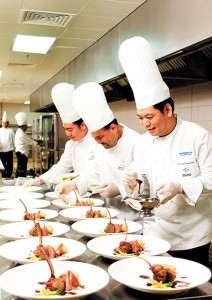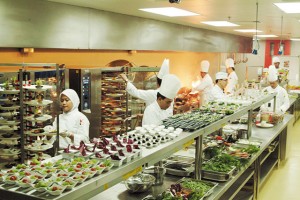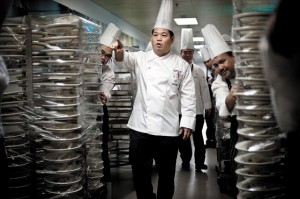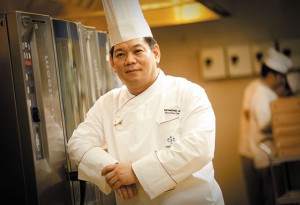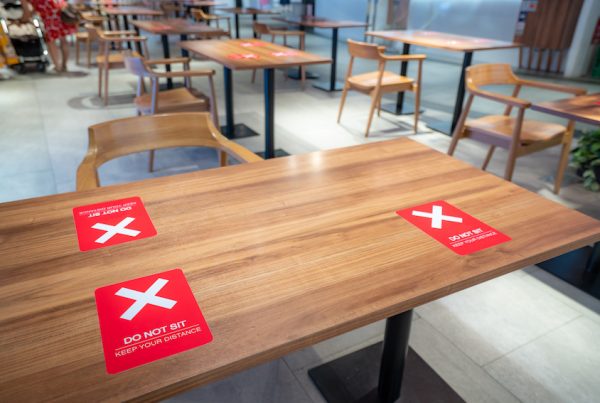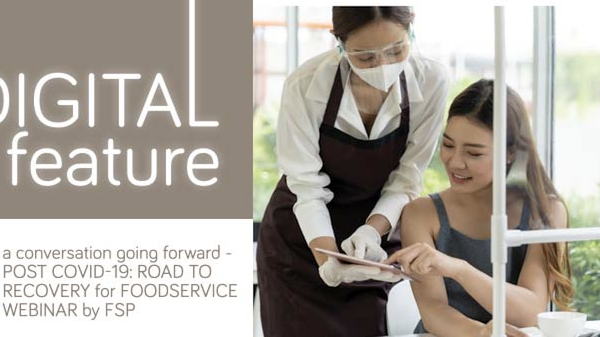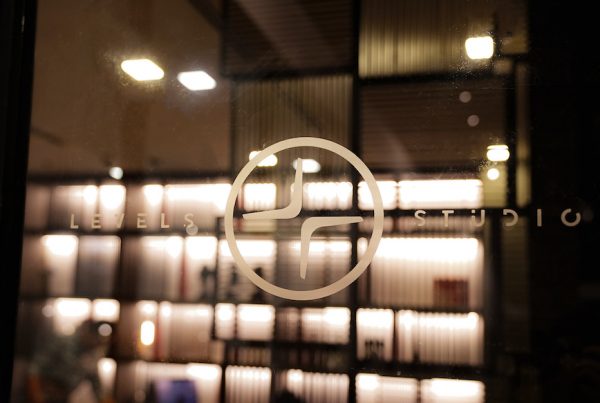A banquet kitchen is often a place of numerous workstations and for each step of preparation, detailed care ought to be taken with regards to sanitation yet when you are serving hundreds and thousands of people at one time, there is only one word to describe the environment – havoc. This is where technology is indispensable to ensure the quality, freshness and safety of foods served to guests. Chefs are now able to cook in bulk in advance and store them in optimum conditions and on the event date, reheat the food and put on the finishing touches.
Depending on the size of each operation, equipment used will vary but widely used machines for cooking are combination ovens with multiple cooking modes that are able to cook big batches of food items faster than a conventional oven. For many chefs, the combination oven is their personal favourite invention due to its efficiency and productivity rate. Take roasting chickens for example, a traditional convection oven takes up plenty of time with the possibility of uneven results but the combi-oven gives chefs the same results across 20 birds, all within 30 minutes. Its intelligent technology also enables the cooking of two different food items simultaneously; even if they are of different textures and composition, with some automated settings, they will cook accordingly without affecting one another. Large production kitchens are finding it as a must-have to boost their business, even smaller kitchens can benefit from a combi-oven for they come in many sizes. Seeing the increased awareness and demand for the equipment, we have a special feature on it.
In banqueting, planning is crucial. Cooking ahead and storing makes work easier and it also means correctly storing the food for it is not as simple as shoving them into the fridge; but requires specific temperatures. Chilling extends the storage life as a temperate condition causes food deterioration due to microorganisms, enzymic and chemical reactions. Chilling must begin as soon as possible after cooking and portioning, ideally within 30 minutes of cooking completion. With the cook-and-chill method, storage should not exceed the 72-hour parameter and all food should be consumed within four hours of regeneration. When the food is ready to be distributed, it must be immediately regenerated upon removal from the chiller and heated to at least 70°C for safe consumption. If the chilled food needs to be transported and reheated elsewhere, it must be maintained at 3°C throughout the transit. With the critical safety limit for chilled food being below 10°C, foods that reach a temperature that exceeds 5°C during storage must be consumed within 12 hours while it must be disposed of if the temperature reaches 10°C. To better negotiate the point of transport and service, heat retention or insulated boxes can be used with the assurance that the regenerated food does not fall below 62.8°C.
Similar to cook-chilling, cook-freezing is also employed to retain freshness when low temperature air is passed over food at high speed to reduce food to at least – 20°C within 90 minutes. What is crucial to note is deep-freeze or called shock-freeze by some, does prevent multiplication of microorganisms but do not destroy them so chefs have to see that no contamination occurs before food gets frozen because consumers would be at risk later as the food is reheated. Frozen food must also be transported in the same state and kept in this state prior to being served and not in regular temperature to be thawed on-the-way. Using the cook-freeze method would also require the equipment designed to reheat frozen foods such as a forced convection oven that is fitted with an efficient thermostat with adequate control of the air circulation system.
In recent years, the technique known as sous-vide has gained popularity. Basically, produce such as poultry, seafood or vegetables together with the marinade is sealed in plastic pouches, vacuum packed and stored till ready to be cooked by steam, chilled down to 3°C and stored in a refrigerator. When it is time to serve, the pouches, which can be stored up to 21 days, are regenerated in boiling water or combination oven and presented to a diner. Oxidation does not happen with sealed pouches; therefore flavour and texture of food items are not altered. While this method is generally useful, it is unsuitable for meats or vegetables which absorb colour as well as large joints that require a chilling period of above 90 minutes. While cook-chill and cook-freeze allows a complete meal to be kept, you cannot pack two items in one bag to be cooked together.
ASSISTANCE, NOT A REPLACEMENT
Leveraging on technology in banqueting is now inevitable, said Chef Richmond Lim, author of “The Stainless Steel Kitchen”. The chef with 30 years of experience in the banqueting arena working in numerous 5-star hotels and convention centres, says that it is about delivery and stresses that technology does not diminish a chef’s skill but challenges them to adapt and to discover new ways to use equipment to their advantage. As Chef Richmond oversees the Kuala Lumpur Convention Centre’s (KLCC) kitchen, the largest commercial kitchen in Malaysia that is sub-divided into Chinese, Western, Cold, Pastry and Malay kitchens with the capability of serving up to 5,000 meals at one time, quality of food safety is of immense importance. Recently, the KLCC banqueting kitchen of 51 chefs successfully catered for 3,500 delegates from 149 countries at the Women Deliver 3rd Global Conference 2013 which encompassed 41 breakfast sessions, 28 cocktail receptions, networking dinner and a combination of standing and buffet lunches. Executing an event of this scale is not just about cooking, meticulous pre-planning and inter-departmental meetings are crucial to go through every detail and aspect of the event, said Alan Pryor, Deputy General Manager. With so much to look into, the use of technology is not questionable – would the result of 1000 pieces of steak, for example, be more consistent with a combination oven or manual grilling?
Taking the labour out of all the cooking allows a chef to explore, experiment and experience, says Chef Richmond, an expert of ‘today’s modern cuisine’ based on Mediterranean origins with inherent multi-cultural influences who agrees to using cook-chilling a lot. This is due to his three important principles in banqueting which are Speed, Time and Temperature (STT) and this in turn is linked to science and precision – in a hall with thousands of people, chefs need to know how much time you have to deliver the food before it reaches the temperature where it is not safe for consumption. Positive manipulation of ingredients is also made possible with revolutionary equipment. In banqueting, the line between quality ingredients and cost can be complicated to negate. A chef has to think about profits as well and if a client has $$ amount to spare, how do you still produce quality without overspending? There are ways around it, with certain methods, chefs can use a less expensive cut and still produce flavours and textures comparable to the pricier cut, says the expert chef of banqueting.
At the end of a service, the taste of the food may be great but if safety had been compromised and complications occur to diners, the memory of the event would be completely altered. It is not just banquet kitchens, any food establishment ought to be extremely mindful but perhaps, the stakes are set higher in a banquet setting for people served amount to the hundreds and thousands.

